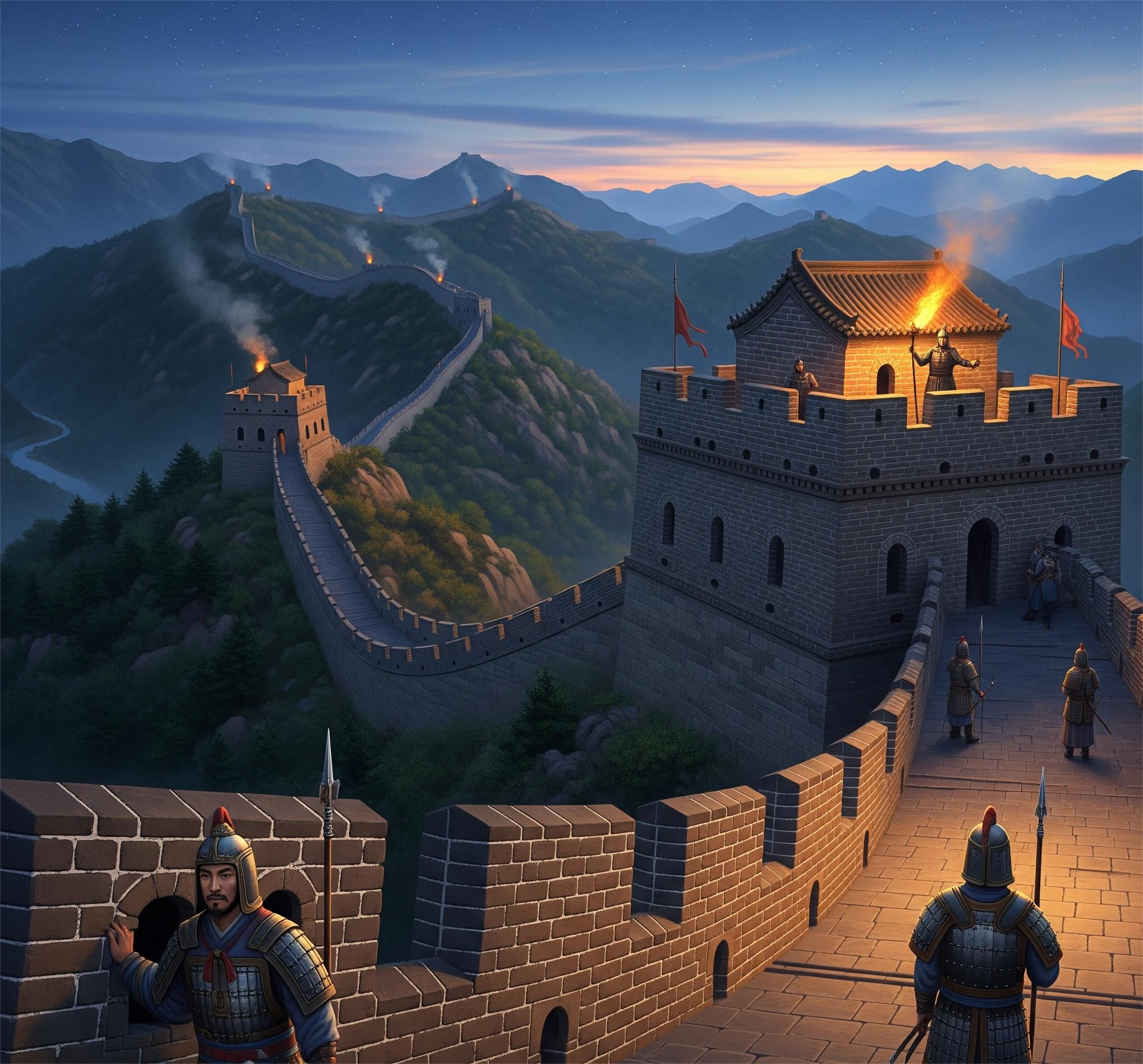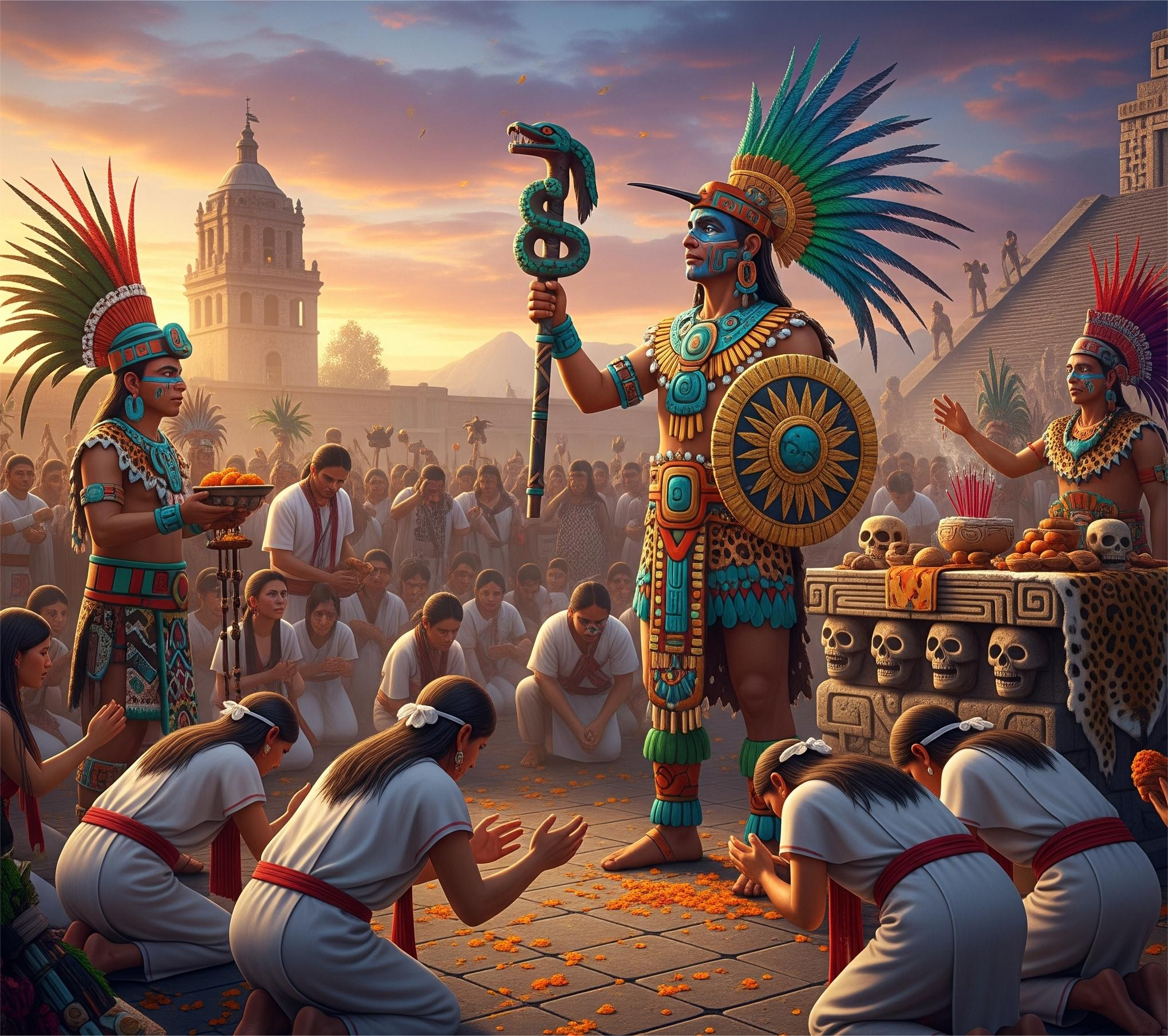The Parthenon's sculptures were decorated by numerous sculptors, many of whom were students of Pheidias. In the sources, Alkamenes, Agorakritos from Paros, and Myron from Eleftheres are most frequently mentioned. Gold and ivory were used in the construction of the colossal statue of Athena by the sculptor Pheidias. 438 BC marked the completion of the project.
The entire sculptural decoration of the Parthenon
The sculptural decoration of the Parthenon includes the pediments, the metopes, the frieze, the capes and the ivory statue of Athena. The theme of the decoration is inspired by the mythical history of Attica. The Parthenon is dedicated to Athens itself rather than to the patron goddess of the city. It emphasizes the autochthony of the Athenians through the display of its sculptures, and at the same time is a symbol of the economic, intellectual and artistic development of Athens. The Parthenon also houses the treasure of the Athenians, which is also the treasure of their allies. The sculptures also represent the ideas of Athenian democracy and Athenian imperialism, which according to Thucydides lasted from the end of the Median Wars to the beginning of the Peloponnesian War. These two sides are expressed in the representations of the sculptures.
The pediments
The compositions on the two pediments of the Parthenon consist of hologlyphic statues of supernatural size. The pediments were the last to be erected in the temple. The birth of the goddess Athena was depicted on the eastern pediment. According to mythological tradition, the daughter of Oceanus, Metis, became pregnant by Zeus. According to an oracle, after this pregnancy, which produced a daughter, a son was to be born who would become ruler of the sky. Zeus, who knew this oracle, devoured her. When the time came for the daughter to be born, Hephaestus struck Zeus' head with his ax and Athena came out armed.
The western pediment represents the dispute between Athena and Poseidon for supremacy in Attica, where, according to legend, the inhabitants preferred the olive tree given by Athena to the water source given by Poseidon.
The metopes
The entablature of the Parthenon was decorated with 92 metopes. There were 14 metopes on the narrow sides and 32 metopes on the long sides. The metopes of the Parthenon were the first sculptures to be carved since construction began. The theme of the sculptures was inspired by mythical battles. The metopes were inserted between the triglyphs. On the east side the metopes represent the battle of the Giants, on the north side the Iliu Persis, on the west side the battle of the Amazons and on the south side the battle of the Centaurs. The 14 metopes on the east side depicted Hercules and the Olympian gods, and although their theme was uniform, there were separate scenes every two or three metopes.
Photo Source: @Acropolis Museum
The 32 metopes on the north side depicted scenes from the epic mentioned above. Today, only 12 of the 32 remain. On the west side, all the fronts are preserved and in each one two or three figures are depicted. The well-preserved metopes on the south side depict the battle between the Lapiths and the Centaurs, while many of the metopes are dominated by well-known figures from the myth such as Peirithus, the king of the Lapiths, and his friend Theseus. The reliefs of the faces are extraordinary and in some places stand out from the background in a completely hologlyphic way. The total number of metopes is 92.
The frieze
The presence of the frieze in the Parthenon represents an Ionic element for the sculptural decoration of the temple. The frieze was 160 meters long and 1 meter high and surrounded the wall of the temple on the outside. For this reason it was inaccessible to the visitor, and Pausanias, the traveler who wrote about the Parthenon, does not mention it. The Panathenaia is depicted in the frieze with hundreds of human figures and animals, chariots and pedestrians, heroes and Olympian gods.
by PHOTO NIKOS DANIILIDIS
Colors used for the painting of the statues
Of great interest are the colors used for the decoration of the temple. According to ancient building tradition, the use of colors and the design of sculptures completed the appearance of the temples. When the temple was still being built, the white Pentelian marble shine dazzlingly. The problem was solved when the white surfaces were covered with colors. The present rose gold color of the marble is due to the passage of time. The podium, columns and portico were painted in bright white. The metopes and triglyphs were alternately blue and red. The color blue was used for the depth of the frieze and the drum. The sculptures were decorated with polychrome and gilded brass fittings.










